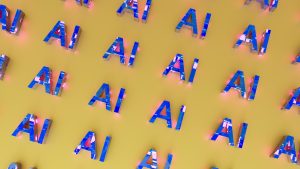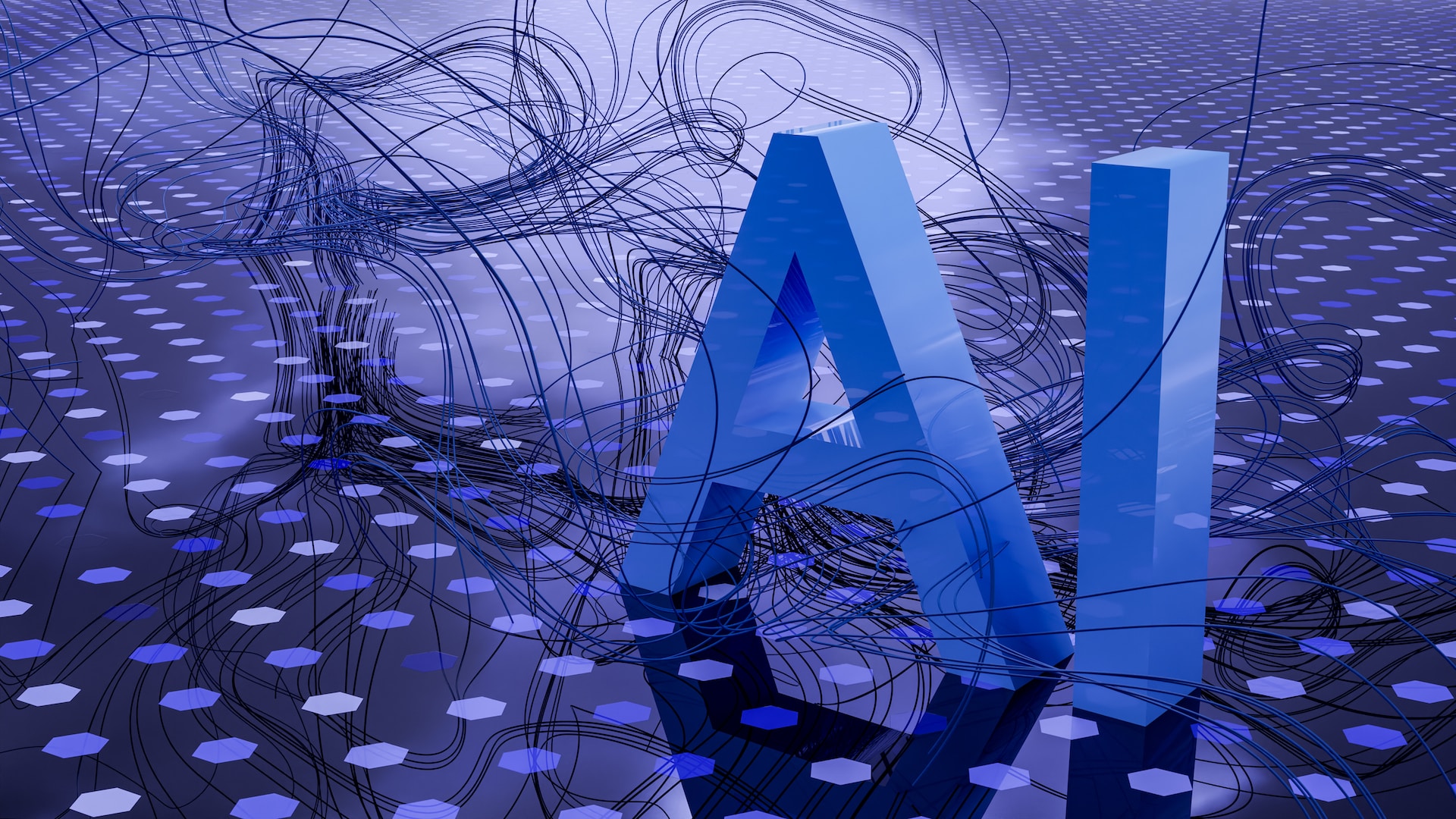Introduction:
The GPT models developed by chatbots have altered the landscape for natural language processing (NLP) and fundamentally changed AI-generated content. Within this post, we are going to explore concerning the advancement of these prototypes. We are going to investigate the distinctive abilities they possess and the drawbacks they experienced throughout the path.
What do GPTs (GPTs)
Prior to exploring into each specific GPT frameworks, let’s briefly comprehend the essence of Generative Pre-Trained Transformers. These exceptional artificial intelligence models are educated on massive amounts of information. This allows them to create contextually appropriate and logical language without specific programming. The flexibility they offer enables precise adjustment for different NLP applications, covering question-answering to the translation of languages.

GPT-1: The First Step
Launched in 2018, GPT-1 signaled OpenAI’s first attempt in the field of language models utilizing the Transformer framework. Highlighting its 117 million parameters, it indicated a notable progress in language modeling capabilities. These restrictions included creating repetitive text and facing challenges with long-term connections within longer parts.
GPT-2: Scaling Up
GPT2, launched in 2019, served as a significant upgrade from GPT-1. It had a remarkable 1.5 billion settings. The capability to produce consistent and believable written content caught people’s attention. However, it encountered difficulties when dealing with complicated logic and preserving the overall meaning in extended texts.
GPT-3: A Giant Leap
GPT-3, introduced in 2020, brought about a paradigm shift with an astonishing 175 billion parameters. That was exceeding 100 times greater than the earlier model. The model presented notable advancements, creating cohesive writing, programming algorithms, and even producing artwork. The capability to interpret context make it unique from the ones that came before. This feature extremely valuable for use cases such as chatbots and creating content. Nevertheless, the system faced prejudices, errors, and significance problems.
GPT-4: The Apex of Evolution
The most recent version, GPT-IV, revealed in March 2023, improved the strong points of GPT-3. The unique multimodal abilities of it empower it to grasp and react to written cues that are derived from pictures. Furthermore, The fourth version of GPT achieves comparable results to humans on a range of performance measures. This suggests notable development in grasping challenging instructions. In spite of these advancements, worries continue concerning its potential mishandling and moral consequences.
Conclusion:
These GPT models, ranging from GPT-1 to GPT-4, have transformed NLP and challenged the constraints of content generated by AI. Every cycle has generated progress and tackled prior restrictions. It has opened the door to support more refined natural language processing models. However, ethical factors and responsible application continue to be important. While we persist to utilize the potential of these groundbreaking artificial intelligence technologies, it is vital to place importance on ethical aspects and mindful implementation.




